por Fernando Silveira
All my life, I was really into the outdoors and since I was a little kid, I felt a connection with the Earth. I grew up going to the beach and exploring all around. I used to love to learn about mosses and animal habitats. My family and I had a garden in our house, so I always was in contact with plants and the environment. Shortly after, we built a small community garden for our neighbors. I am proud to say that the garden continues to remain in use by the community.
In high school, I participated in some projects, such as; recycling, conservation, cleaning up beaches, and would volunteer on an organic farm. In college, I had a variety of different experiences in various locations. I worked on a big farm that harvested oranges, worked with an equine-assisted therapy organization, planted flowers, grew potatoes, and worked with agroforestry systems. My last experience before I came to the U.S. was on a sustainable farm, it gave me the experience to explore the conservation and restoration fields. My main goal at EarthCorps now is to improve my knowledge in this area of study.
I am an Agronomic Engineer. I had a solid background with agriculture, learning, and working with different plantations and farms, a variety of plants, and a diverse group of animals – but I miss the horses the most. All of these experiences helped me in learning how conservation and agriculture are interconnected.

“My last experience before I came to the U.S. was on a sustainable farm, it gave me the experience to explore the conservation and restoration fields”.
Fernando Silveira
I learned a lot about conservation agriculture. What is Conservation Agriculture? It is defined as a sustainable agricultural system made up of a set of farming practices adapted to the requirements of crops and local conditions of each region. Its farming and soil management techniques that protect the soil from erosion and degradation, improve its quality and biodiversity and contribute to the preservation of our natural resources. Similar to what I’ve learned at EarthCorps, almost all forms of conservation agriculture share three core principles; regular maintenance of soil cover, minimum soil disturbance, and the practice of regular crop rotations.
At EarthCorps, I am learning different techniques of conservation and forest restoration that I can apply in many situations in the agriculture field both in Brazil or wherever I go next. EarthCorps made me think outside the box. I’ve been with EarthCorps for two years and have learned and grown a lot, not just professionally but personally too. EarthCorps is a community that I will carry with me my entire life, I made connections with people all around the U.S. and the world. Each of them teaches me something every day, a lot of people with different backgrounds and experiences but with the same goal “strengthen community and restore the health of our environment”.






